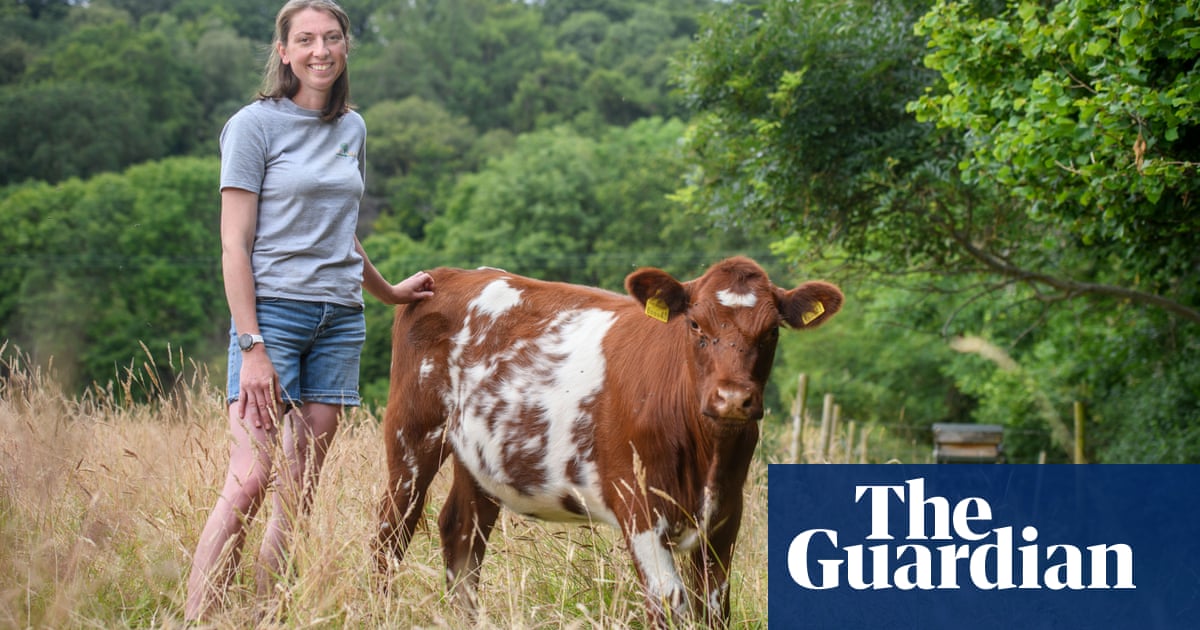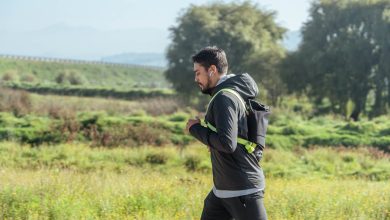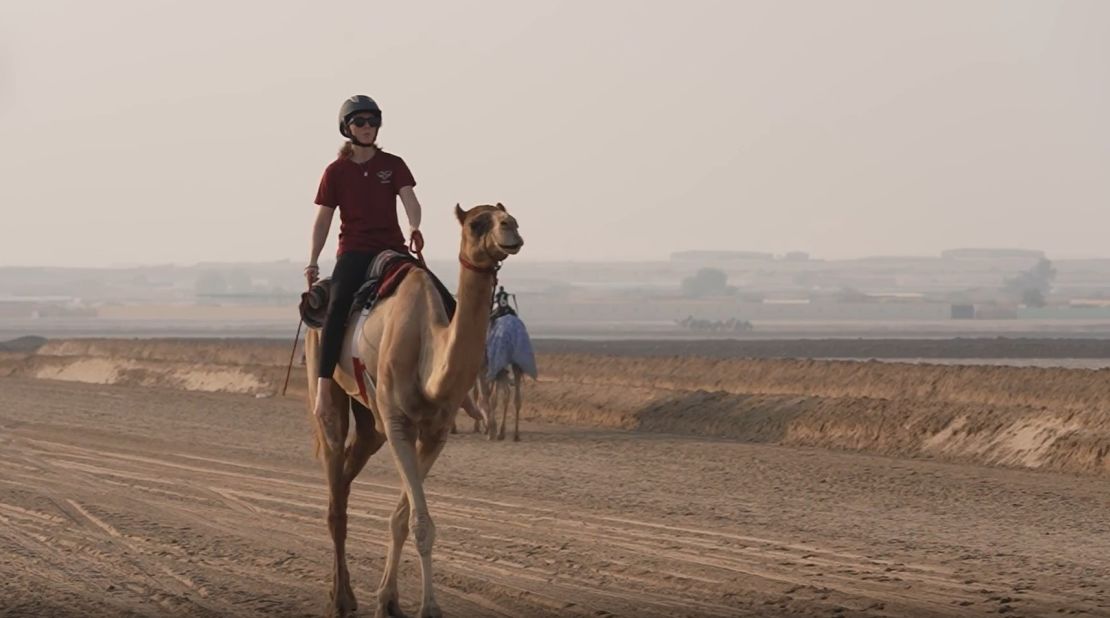‘Church of nature’: Cattle fields and rainforest transform Exmoor national park

“What we want are bull sharks that are alive – you can see the evidence here,” says Holly Purdey, pointing to the bug holes. She took over Horner’s 81 hectare (200 acre) farm in Exmoor national park in 2018, challenging herself to to produce beef and sheep while returning nature to the land he says has been “discarded” by large-scale agriculture.
In a field of knee-deep grass, his shorthorn cows are sheltered from the sun by tall hedges. Water-chewing beetles also feed on feces, he says, and feed on fly larvae that can plague red and white cattle and are commonly exposed to pesticides. “I think it’s amazing that we have animals that hunt flies,” Purdey says.
The field hums with the sound of crickets and grasshoppers, and swallows swoop down to grab insects. “When the cows go by, they throw insects up,” he says.
Exmoor National Park, like all UK national parks, has failed to protect nature since it was established 75 years ago. Only 15% of Exmoor’s sites of special scientific interest are in good condition.
One reason is that much of the national park land is privately owned by farmers, who have accepted the overuse of fertilizers and pesticides over the past decades, destroying wildlife. Parks occupy a small area of land and have few powers outside of planning control.
But Purdey tries to reconcile farming with animals. His farm also has beehives, newly planted apple and pear trees, willows to produce winter fodder for sheep, and a mobile chicken trailer. The trailer is moved every day or two, so the chicken droppings help restore calcium in the depleted soil.
Monitoring the park, butterflies, bats and reptiles shows nature returning to the farm. “We can produce food in harmony with nature – I can see it,” he says. “And to build more farms according to nature is to withstand climate change.”
Purdey, who was brought up on a farm, before training in conservation and working for the Somerset wildlife trust, is also re-establishing wildflower farms. A variety of pastures is good for nature and livestock, he says: “They will have better gut health, and they can treat themselves, for example with yarrow, which is anti-inflammatory.”
Farmers in national parks, where the land is generally poorer for food production, initially received less subsidies than those outside. But a new approach to spending public money on public goods is beginning to change that. Being in a national park has given Purdey access to conservation agriculture (FiPL) grants, which have paid for part of his natural work.
“I and [my husband] Mark has said at different times that we need to get rid of it, due to the financial difficulties of raising a young family while trying to build something from the ground up,” says Purdey. But his passion soon returns: “The field is slowly developing – which has taken time and faith in nature to provide.”
Creating more forests is an important part of restoring nature in national parks. In Exmoor, the area of woodland increased by around 1% from 2015 to 2020, to 14%. But Graeme McVittie, the park’s chief wildlife officer, is working hard to speed that up, with research suggesting up to half of the park has trees.
At Burridge Woods, near Dulverton, he says: “This was full of rhododendron 30 years ago – people were even coming on bus tours to see it.” The destructive invasive species have been repeatedly hacked down and, today, the trees that can grow in their wake are the fountains of pied flycatchers, Bechstein’s bats and tiger cranes.
Challenges remain, from other invasive species such as cherry laurel and buddleia, as well as ash damage and gray squirrel damage. “They strip the bark to get the sugary sap,” says McVittie. He hopes pine martens can be reintroduced to combat wood mice.
In the heart of Exmoor, in the village of Simonsbath, a 20-year project is underway to recreate 300 hectares of temperate rainforest, flowing with moss, lichen and ferns. “It’s an oceanic climate here – that means it rains a lot,” McVittie says.
A 6-hectare tree was planted in the winter: a mixture of oak, mountain ash, birch, hazel and hawthorn. “I’m so glad these are doing so well,” he says, examining the oak leaves coming out of the rotting tube that protects the sapling from deer. “This place has been deforested for centuries, and without help native animals won’t find a way back.”
Closer to the coast, another site, Hawkcombe Woods, provides excellent woodland for the heath fritillary butterfly, restored in 2014. The shady slopes are full of yellow trumpets of cow’s wheat, a plant that the butterflies feed on.
Oak trees were tapped for hundreds of years to produce charcoal and tanbark, and leather. Today, careful copying continues to create the light and shade needed for its biodiversity and McVittie dreams of feeding the animals one day to do this work.
after promoting the magazine
“You could see bison in here, and longhorn cattle, jumping and making a mess for the first time in 1,000 years,” he says, adding that the animals have been fenced off from the valleys to protect the new trees and fencing. moors, meaning no new trees are growing: “We need to mix it up a bit.”
At West Ilkerton Farm, a windswept 102 hectare site on a hill 1,000 feet above the Bristol Channel, traditional farm animals are taking part in the migration to a more natural landscape.
“These are good novelty animals,” says Sarah Eveleigh, as the Exmoor farmer’s rams crowd her, playing heavy, twisting horns. “It is a traditional breed, very suitable for this area, and the breeding line here has been on this farm for more than 100 years. We get a lot of rain and wind, and snow too, so the reclaimed yard provides a good shelter for them,” he says, and for Devon red ruby cows.
“But in fact we have a lot less livestock than we used to,” he says, with half of the sheep and one third of the cows. “Many valleys were all grazed when I was young. But we have let them come like wild. All these trees have grown in my life.” FiPL grants also partially funded wildlife site fencing and wildlife walks.
“We’re trying to find a good middle ground between supporting nature and food production, while still having a profitable business,” Everleigh says. “Currently, animal husbandry is generally not a profitable business.”
Everleigh walks on a path with a high wall of earth and stone on top of a tree unique to the West Country, where the bamboos cluster together at the top. “This is one of my favorite parts of the farm – it’s like a natural church.”
The next section features Exmoor horses, brought down from the moorland to graze. “Sheep, cows and horses all eat a little bit differently,” says Everleigh. “So they complement each other. High on the Moor, the ponies do a very good job. It keeps the terrain completely open and creates a very good height contrast for invertebrates and birds.
A new management agreement for 364 hectares on the moor is working, he says: “It had just collapsed and was completely overgrown with gorse and bracken. Now there’s really good heather up there.”
Exmoor is one of the few national parks that has a restoration plan, including ambitious and comprehensive conservation targets for 2030, as well as one to ensure that at least 75% of the park is “natural wealth” by 2050 .
Everleigh, the fourth generation to work on his farm, says: “There seems to be an ‘us and them’ between conservationists and farmers,” he says. “But farmers are conservationists, we know how the land works, so we need to consult each other all the time.
“We will have to think differently from the way we have always farmed. But the government should recognize what we are already doing for the countryside.
#Church #nature #Cattle #fields #rainforest #transform #Exmoor #national #park



